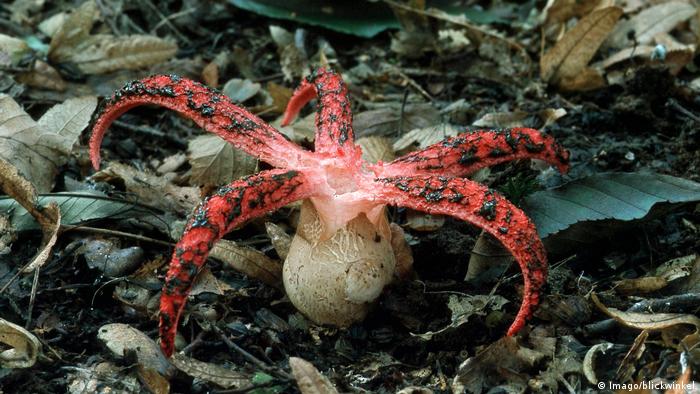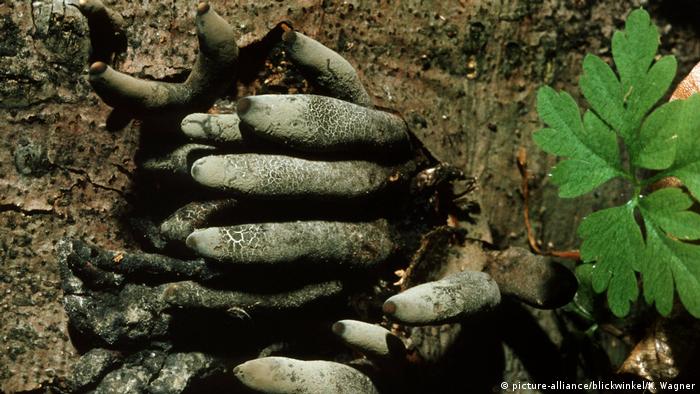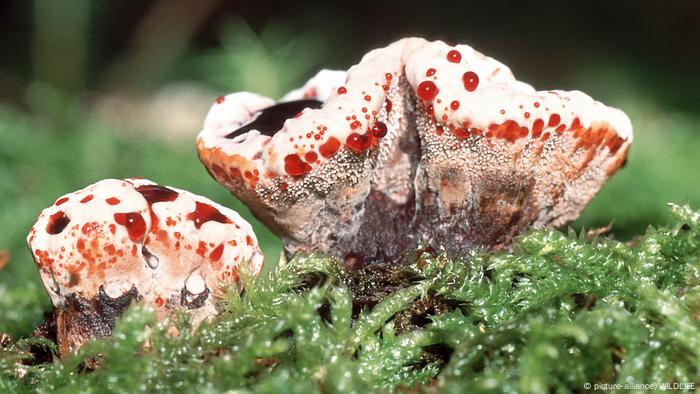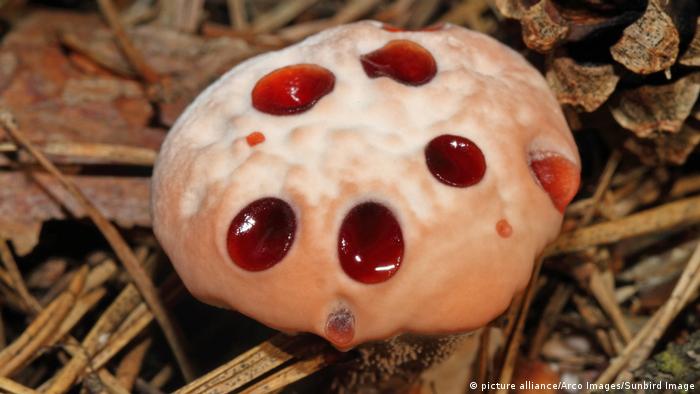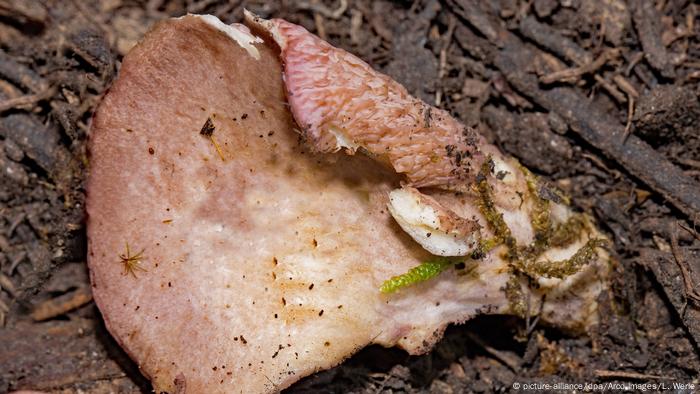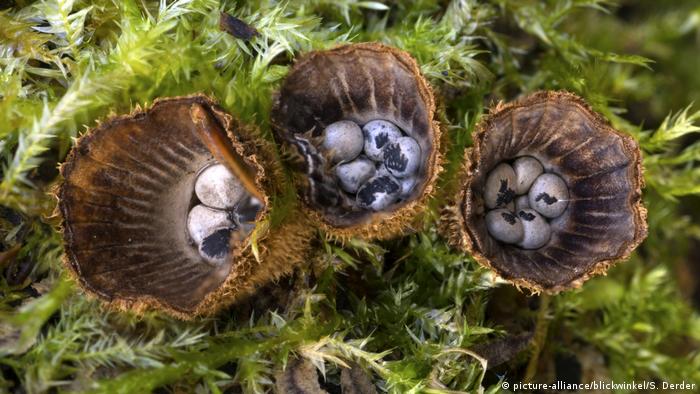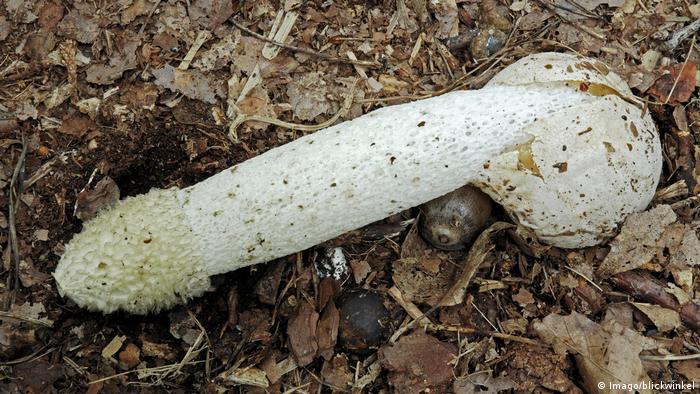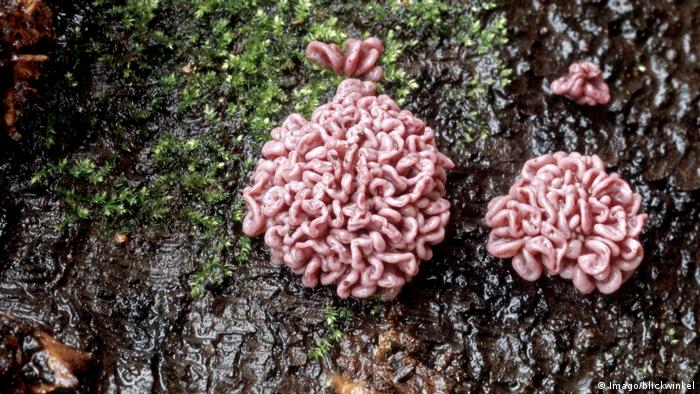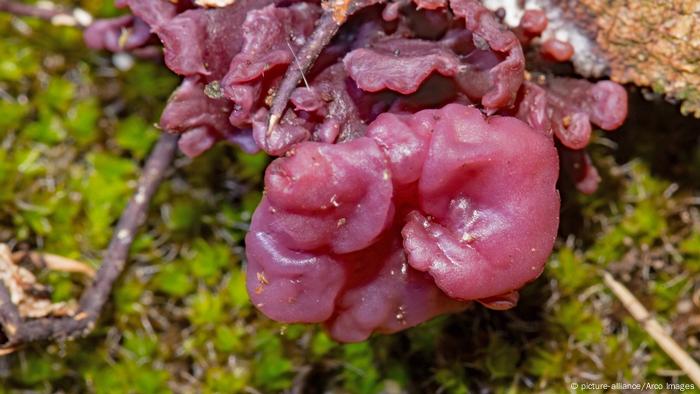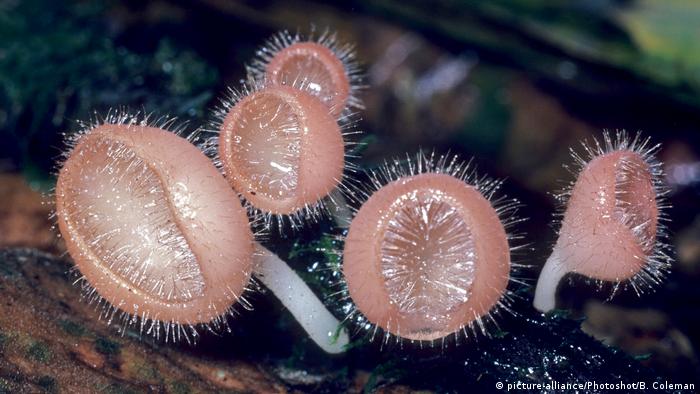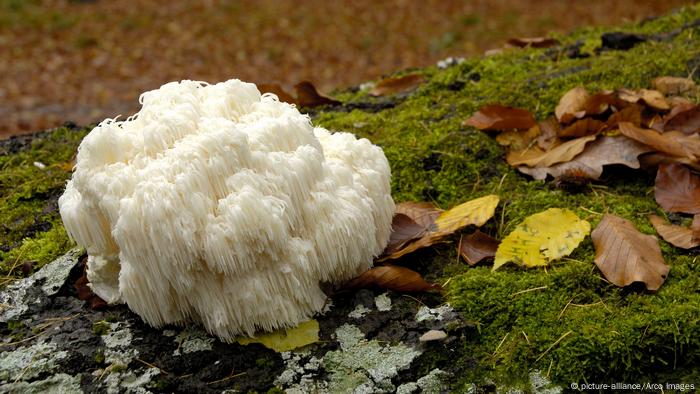Researchers at the National University of Singapore have developed the world’s first smart bandage.
The scientists, in collaboration with Singapore General Hospital, created VeCare, a bandage with a wearable sensor that can conduct real-time, point-of-care assessment of chronic wounds via an app.
It uses sensor technology that can detect temperature, pH, bacteria type and inflammatory factors specific to chronic wounds within 15 minutes.
It’s estimated that about 1% to 2% of people in developed countries will experience a chronic wound in their lifetime. VeCare could be particularly useful for people with diabetes who have foot ulcers.
“The VeCare platform is easily scalable and customizable to accommodate different panels of biomarkers to monitor various types of wounds,” said Lim Chwee Teck, director of the Institute for Health Innovation and Technology (iHealthtech) at the National University of Singapore.

The smart bandage allows medical professionals to monitor chronic wounds from afar
Cutting health care costs
The healing process of chronic wounds can be interrupted by infection and repeated trauma, which causes more pain and stress for the patient. In diabetic patients with foot ulcers, this can lead to more severe outcomes like amputation.
Patients with nonhealing wounds often have to spend a lot of time and money getting tests and treatment to speed up recovery, a process that can take days and multiple visits to clinics.
The smart bandage would mean patients can get advice from the comfort of their own home.
“Point-of-care devices coupled with telehealth or digital health capability can play a significant role in transforming the health care industry and our society,” said Lim.
Furthering the science
While there are other developments in sensors designed for wound care, they can only monitor a limited set of markers.
VeCare is the first wound assessment platform that can detect bacteria type and probe inflammatory factors within a single 15-minute test.
The smart bandage enables rapid assessment of the wound’s microenvironment, inflammation and infection state by detecting multiple chronic wound-specific biomarkers from wound fluid using an electrochemical system.
A wound-fluid collector directs the fluid to the sensor. Then, the chip that is connected to the sensor transmits data wirelessly to an app, providing real-time wound assessment and analysis onsite.
The chip component, which is powered with a rechargeable battery, can be reused.
But the smart bandage isn’t available yet. The next step for the research team is to further develop VeCare to meet safety, regulatory and mass production requirements.
-
Pretty creepy mushrooms
A foul smell
Allow us to introduce the octopus stinkhorn, or devil’s fingers (Clathrus archeri). As with all mushrooms, it’s neither animal nor plant. Fungi are an independent group of organisms. This specimen’s superpower: It smells like carrion, or decaying flesh. Its color is reminiscent of rotting meat. That attracts flies and dung beetles, which spread the fungal spores. Very clever!
-
Pretty creepy mushrooms
Not deadly, but not very tasty, either
The octopus stinkhorn is native to Australia, New Zealand and the Malay Archipelago, but it’s not really that fussy about location: The mushroom is now much more widespread. In Germany, it was first discovered in 1934. It’s not poisonous. After its spore container and a gelatinous layer are removed, it can be eaten — but don’t expect a culinary delight.
-
Pretty creepy mushrooms
Horrid little hand
Xylaria polymorpha is also known as “dead man’s fingers.” It prefers to grow on dead or dying deciduous trees. The club-shaped body, or stroma, ranges from dark-brown to blackish-brown on the outside, and it’s white and fibrous on the inside. Dead man’s fingers are inedible. In any case, you wouldn’t want to be a cannibal, would you?! 🙂
-
Pretty creepy mushrooms
Young and gory
Hydnellum peckii excretes a watery red liquid like blood when it is young. That’s why it is also known as “bleeding tooth fungus,” the “red-juice tooth” or the “devil’s tooth.” Spikes or thorns run down the underside of its hat and stem. These are deterrents and a good thing: We’re dealing with a highly inedible mushroom here.
-
Pretty creepy mushrooms
Threatening and threatened
Devil’s tooth mushrooms are common in Central Europe. There are about 15 species. They are a rarity among mushroom flora that deserves protection. However, Hydnellum peckii likes company. It is not uncommon to find it along with other endangered species, such as the “pig’s ear” mushroom.
-
Pretty creepy mushrooms
Yummy pig’s ear!
And this is that very mushroom — the pig’s ear (Gomphus clavatus) was the German mushroom of the year in 1998 and often looks like — you guessed it — a pig’s ear. The good news is, even for vegetarians, is that this mushroom is delicious — and can be eaten with a clear conscience to boot! Its flesh is white and tender, and has a mild flavor.
-
Pretty creepy mushrooms
Forgotten bird’s nest
Cyathus striatus is commonly known as the fluted bird’s nest fungus. The species occurs almost worldwide, but it is only beautiful to look at and not at all good to eat.
-
Pretty creepy mushrooms
Excuse me?!
This one’s a little embarrassing: The common stinkhorn. The Latin name “phallus impudicus” means “shameless penis,” which did not come about by chance, as you can see. Its tip is covered with a stinking, sticky substance. There’s a good reason for this: That attracts flies, which then transport the spores of the obscene fungus.
-
Pretty creepy mushrooms
The veiled lady
This one also hails from the family of Phallaceae, or stinkhorns. But it is somewhat less offensive: At least the crinoline stinkhorn or veiled lady (Phallus indusiatus) wears a veil. Although the mushroom is also smelly, it is often used in sophisticated Chinese cuisine. It is rich in proteins, carbohydrates and fiber. Well then, enjoy!
-
Pretty creepy mushrooms
From brain to intestine
Ascocoryne sarcoides is colloquially known as jelly drops or the purple jellydisc. It loves company. The mushroom is particularly common on dead birch, willow or beech wood. It looks a bit like innards. But it comes in a variety of forms, such as a spinning top, a cushion or a mug, and as a gelatinous mass, flesh-colored, purply-pink or wine-red. It is technically edible, however…
-
Pretty creepy mushrooms
Bad twin
Ascocoryne sarcoides has a doppelgänger of sorts — Ascocoryne cylichnium. And this one is definitely inedible. To the naked eye it can be virtually indistinguishable from one of the life-cycle stages of Ascocoryne sarcoides. But hands off!
-
Pretty creepy mushrooms
A carnivorous plant?
Wrong, all wrong! This specimen is neither carnivore nor plant. Cookeina tricholoma belongs to the cup fungi family and is a rather harmless individual. However, it is striking for its shape and splendid hairdo. In parts of Mexico, Cookeina tricholoma is used in cooking. In Cameroon, it is used in medicine to relieve earaches.
-
Pretty creepy mushrooms
What a lion’s mane!
Hericium erinaceus is another hairy eye-catcher. It’s called lion’s mane or monkey head mushroom. It is edible, unlike most other mushrooms of the tooth fungus group. In Asia, monkey head mushroom is considered a delicacy. It is also popular in traditional Chinese medicine. But it’s on a Red List of endangered fungi and is rarely found in nature. So, if you spot it, look but do not touch!
Author: Hannah Fuchs



